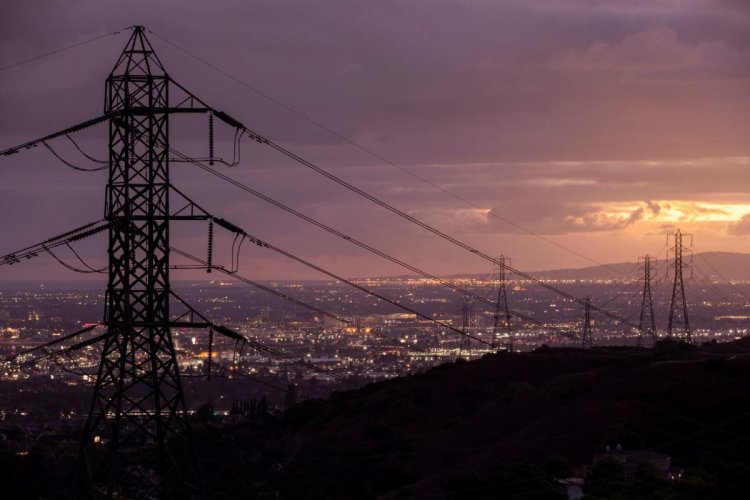Millions of Americans could soon have their power shut off — here’s who’s to blame
Imagine being cooped up inside during one of the hottest days on record, unable to afford air conditioning. Now, pull the plug on your household power supply, preventing you from enjoying even a cool drink.That’s a possibility for millions of people who struggle to pay utility bills or live in a state where the power can be shut off as a result.Energy insecurity is a problem being monitored by governments, universities, and other watchdogs. It’s a growing concern as extreme heat waves and the overheating of the planet continue to scorch records.What exactly is energy insecurity?There are about 9 million people in the Southeast that Duke University considers as living with “energy insecurity.” They are low-income families that pay more than 10% of their earnings on energy bills (the suggested limit is 6%). According to Duke, they often have to make tough decisions on whether to pay for food, housing, or health care with limited resources.The U.S. Energy Information Administration (EIA)

Imagine being cooped up inside during one of the hottest days on record, unable to afford air conditioning. Now, pull the plug on your household power supply, preventing you from enjoying even a cool drink.
That’s a possibility for millions of people who struggle to pay utility bills or live in a state where the power can be shut off as a result.
Energy insecurity is a problem being monitored by governments, universities, and other watchdogs. It’s a growing concern as extreme heat waves and the overheating of the planet continue to scorch records.
What exactly is energy insecurity?
There are about 9 million people in the Southeast that Duke University considers as living with “energy insecurity.” They are low-income families that pay more than 10% of their earnings on energy bills (the suggested limit is 6%). According to Duke, they often have to make tough decisions on whether to pay for food, housing, or health care with limited resources.
The U.S. Energy Information Administration (EIA) reports that about one in three households “faces a challenge in meeting energy needs.”
“It’s either pay the electricity bill or do what I gotta do for my kids and to be honest with you I’d
rather just turn all this stuff off,” a survey participant told the National Library of Medicine during a research project published in 2016.
Where can power be turned off?
Indiana University reports that about 3 million people have their power turned off yearly because they can’t afford the cost.
The university’s Energy Justice Lab has an online dashboard showing how many utility disconnections happen in each state. The eastern part of the country is a lot more colorful, signifying more disconnections.
Illinois, Pennsylvania, and Virginia are among the states with the most, according to the lab’s statistics, with hundreds of thousands of disconnections each.
There are 20 states that provide utility disconnection protections during extreme heat; 41 protect against shutoff during extreme cold weather; and four states don’t allow the power to be shut off for households with young kids, the university reports.
What’s causing the problem?
“Energy insecure households are more likely to report their homes are drafty, poorly or not insulated, and smaller than households that did not experience energy insecurity,” the EIA reports.
Households that struggle to afford power bills pay about $1.24 per square foot for energy. That’s 20 cents more than the average household, according to the EIA.
Factors, like weather, energy sources, and power use also contribute to the cost. But, issues related to poor insulation compound the overall problem.
What needs to change?
The nonprofit watchdog publication Truthout said the country needs “more robust customer protections” to disclose data about shutoffs and why they are happening.
“Most of all, we believe Americans need a collective change in mindset about energy access,” article co-authors Sanya Carley and David Konisky wrote.
“That should start with a principle that all people should have access to critical energy services and that utilities should only shut off service … as a last resort, especially during health-compromising weather events.”
Join our free newsletter for cool news and actionable info that makes it easy to help yourself while helping the planet.
What's Your Reaction?













